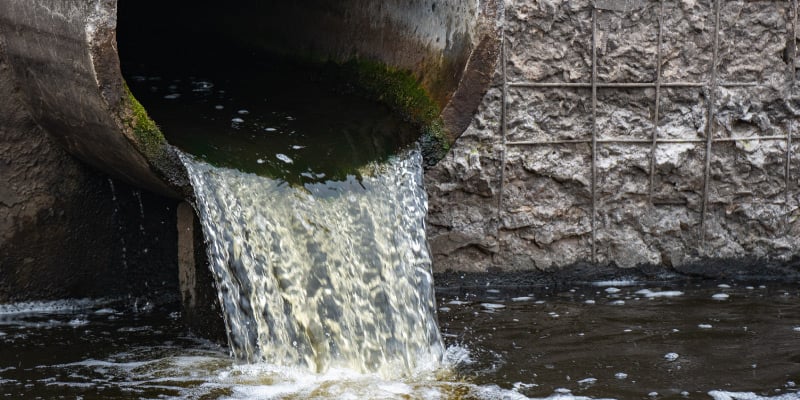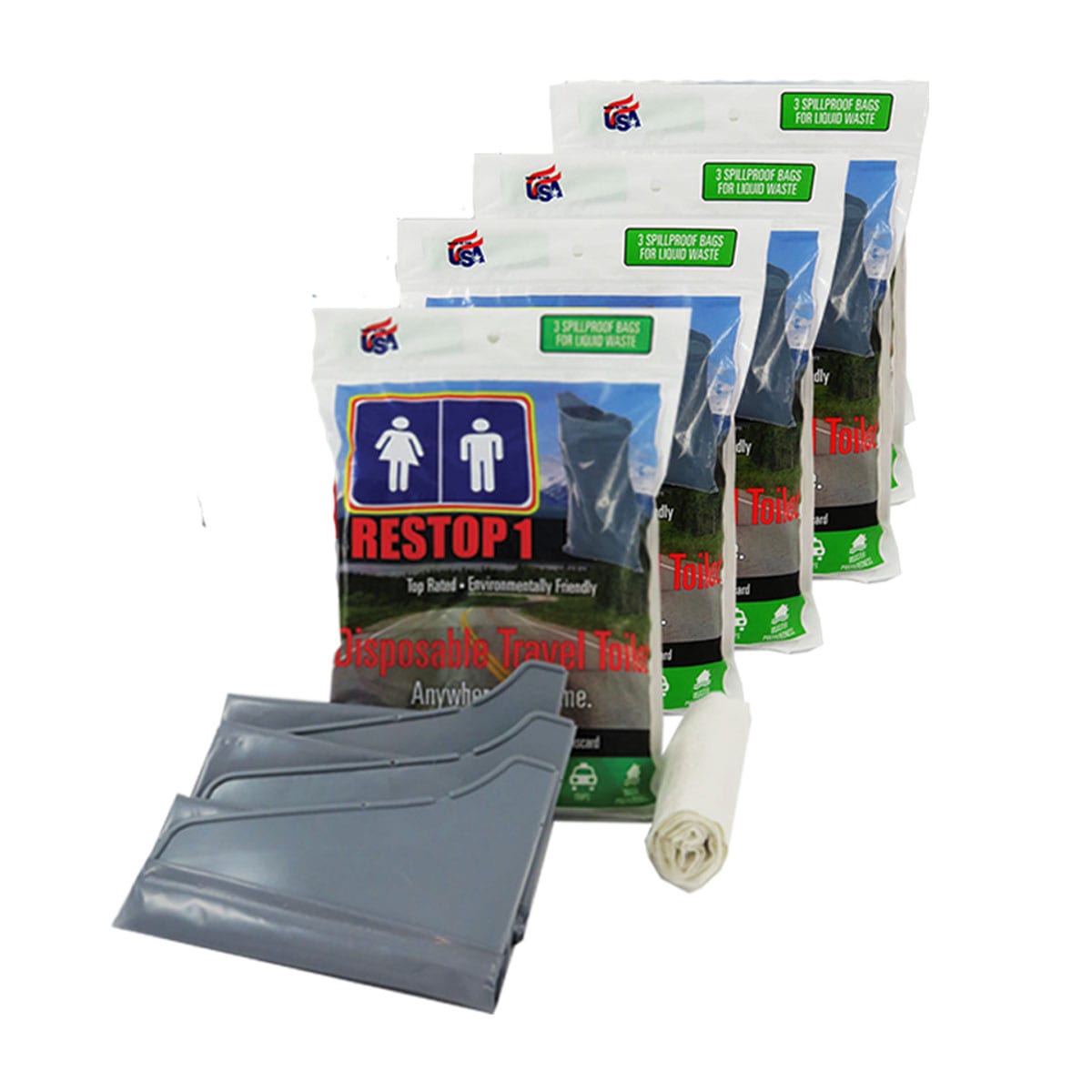Expert Liquid Waste Removal Melbourne: Keeping Your Setting Tidy
Expert Liquid Waste Removal Melbourne: Keeping Your Setting Tidy
Blog Article
Just How Fluid Garbage Disposal Works: A Detailed Summary of Techniques and Technologies Utilized

Review of Fluid Waste Types
The complexity of liquid waste kinds necessitates a comprehensive understanding of their characteristics and ramifications for disposal. Liquid waste can generally be categorized into a number of kinds, including commercial, metropolitan, agricultural, and hazardous waste. Each category exhibits unique buildings, calling for specific monitoring methods to alleviate environmental and health and wellness threats.
Industrial fluid waste stems from manufacturing procedures and commonly contains a variety of contaminants, such as heavy steels, solvents, and organic substances. Community liquid waste, primarily consisting of wastewater from families and industrial establishments, contains raw material, nutrients, and microorganisms (industrial wastewater treatment). Agricultural fluid waste, including drainage from farms, might consist of fertilizers, pesticides, and pet waste, posing dangers to water high quality and ecological communities
Hazardous liquid waste is defined by its toxicity, reactivity, or prospective to trigger harm. Understanding these varied fluid waste kinds is crucial for creating reliable disposal approaches and guaranteeing conformity with environmental laws.
Physical Therapy Approaches

Testing is the preliminary step, where larger particles and debris are eliminated from the liquid waste making use of displays or grates. This process safeguards downstream devices from damage and ensures smoother operation. Following testing, sedimentation uses gravitational pressure to separate solids from liquids. In sedimentation containers, heavier particles settle near the bottom, forming a sludge layer, while the made clear liquid can be additional treated.
Filtration is one more crucial approach that involves passing the fluid via permeable products, such as sand or membranes, to catch smaller particles. This action boosts the high quality of the fluid, making it suitable for succeeding therapy processes.

Chemical Treatment Techniques
Chemical treatment methods are necessary for efficiently managing fluid waste, specifically in attending to liquified and colloidal pollutants that physical approaches may not properly remove. These methods make use of numerous chemical agents to counteract, speed up, or change dangerous materials into much less dangerous forms.
One typical approach is coagulation and flocculation, where chemicals such as alum or ferric chloride are included in advertise the gathering of suspended fragments. This procedure improves sedimentation, permitting much easier elimination of the resulting sludge. Additionally, oxidation procedures, employing agents like chlorine or ozone, are employed to break down intricate organic compounds and pathogens, providing the waste more secure for discharge or additional therapy.
Neutralization is one more vital method, which changes the pH of acidic or alkaline waste streams to neutral levels, protecting against prospective damage to downstream systems and the environment. Moreover, advanced oxidation procedures (AOPs) use combinations of oxidants and ultraviolet light to deteriorate consistent pollutants, achieving a greater degree of treatment efficiency.
Organic Therapy Procedures
Organic therapy procedures play a critical role in the monitoring of fluid waste by using microorganisms to break down organic issue and decrease impurity degrees. These procedures can be broadly categorized right into anaerobic and aerobic treatments, each utilizing specific microbial neighborhoods to achieve efficient waste deterioration.
Cardiovascular therapy involves the usage of oxygen to promote the malfunction of natural materials by microorganisms. This procedure is generally implemented in turned on sludge systems, where aeration storage tanks provide a helpful environment for microbial growth, resulting in the oxidation of natural pollutants. The resultant biomass can be divided from treated effluent through sedimentation.
On the other hand, anaerobic therapy takes place in the absence of oxygen, depending on various microorganisms to break down natural issue. This technique is specifically useful for high-strength waste, as it generates biogas, a renewable resource resource, while reducing sludge production. Technologies such as anaerobic digesters are regularly utilized in community and industrial applications.
Both anaerobic and cardio biological treatments not only lessen the ecological influence of liquid waste however also promote source recuperation, making them vital parts of sustainable waste monitoring approaches. Their flexibility, efficiency, and efficiency sustain their extensive execution across different sectors.
Emerging Technologies in Disposal
Ingenious techniques to fluid waste disposal are rapidly evolving, driven by advancements in technology and a boosting focus on sustainability. Amongst these emerging innovations, membrane bioreactors (MBRs) have actually obtained traction for their capacity to combine biological therapy with membrane filtering, resulting in top quality effluent that can be recycled in numerous applications. MBRs enable smaller footprints and more effective procedures contrasted to typical systems.
Another encouraging advancement is using anaerobic food digestion combined with nutrient recovery technologies, which not only treats liquid waste however additionally creates biogas and recuperates useful nutrients like nitrogen and phosphorus. This dual benefit improves source performance and minimizes ecological impact.
Additionally, advanced oxidation procedures (AOPs) are being taken on for the destruction of complex natural contaminants. These approaches content make use of effective oxidants and stimulants to break down contaminants at the molecular degree, offering a very effective option for difficult waste streams.
In addition, the assimilation of expert system and artificial intelligence in waste monitoring systems is optimizing functional visit here effectiveness and anticipating upkeep, bring about lowered prices and improved ecological conformity. These innovations show a significant shift in the direction of more lasting and effective fluid waste disposal techniques.
Final Thought
In conclusion, effective liquid garbage disposal necessitates a thorough understanding of different methods and technologies. The combination of physical, chemical, and biological treatment methods makes certain the reliable monitoring of varied waste types. Additionally, the appearance of ingenious modern technologies boosts treatment efficiency and advertises sustainability in waste monitoring methods. By continuously advancing these techniques, it comes to be possible to attend to the expanding difficulties linked with liquid waste, ultimately adding to environmental management and source healing.
Liquid waste disposal is an essential facet of environmental monitoring, calling for a detailed understanding of different techniques and technologies customized to different waste types. Fluid waste can extensively be classified right into several types, consisting of industrial, municipal, farming, and unsafe waste. like this Agricultural liquid waste, consisting of runoff from farms, may include fertilizers, pesticides, and pet waste, presenting risks to water top quality and ecological communities.
Numerous physical treatment methods play an important duty in taking care of fluid waste properly - industrial wastewater treatment.In final thought, reliable liquid waste disposal necessitates an extensive understanding of different techniques and modern technologies
Report this page